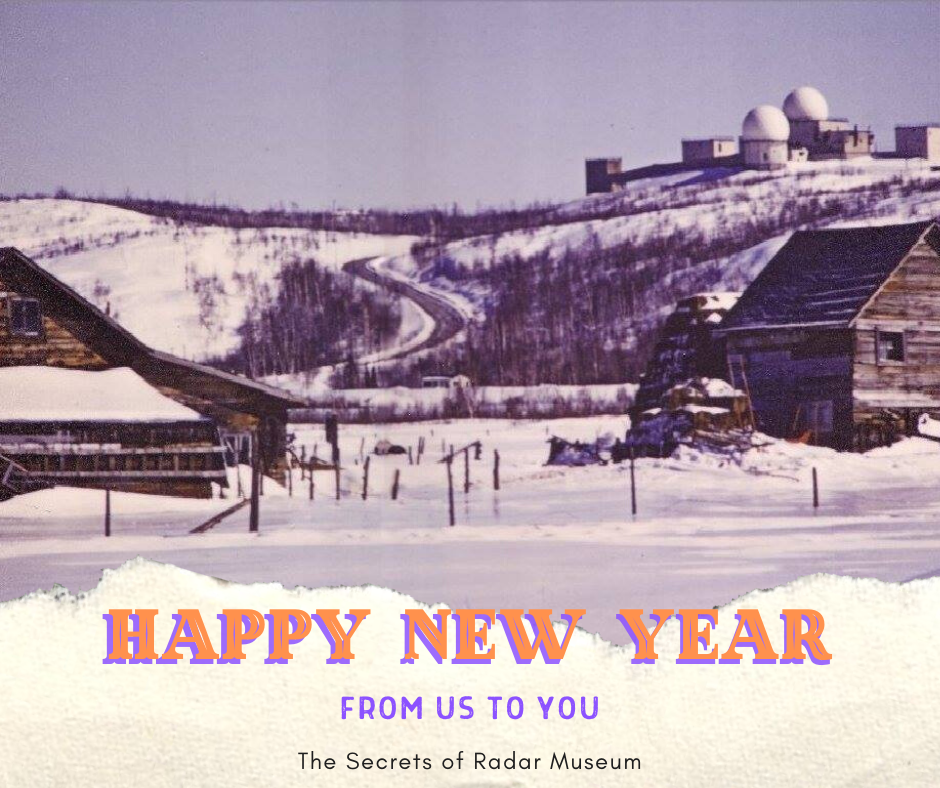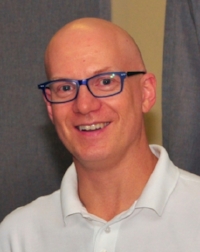In Memorium: Jacob Julien Olson, 1921-2020
Julien Olson, as he was known to us, was a good friend to the museum. He passed away on June 24, 2020, just days away from his 99th birthday.
Originally from Alberta, Julien joined the RCAF in 1941 and successfully completed his training as a radar mechanic. Unlike many of his colleagues who were posted in multiple places and theatres, Julien served overseas in Britain for the duration, proudly supporting first the RAF Pathfinder 109 Squadron’s twin-engined Vickers Wellington medium bombers and then the legendary de Havilland Mosquito light bombers as a radar technician. The use of blind-bombing system Oboe was pioneered in the Mosquito; Oboe’s high accuracy enabled the Pathfinders to mark targets and was crucial to the success of the RAF's campaign against the Ruhr. The squadron continued performing marking duties until the end of the war, including the last raid on Berlin on 21 April 1945, as well as supply drops into the Netherlands near the war’s end. While overseas, Julien met the love of his life, Lilian, an RAF WAAF. They were married in September, 1945, and she returned with him to Western Canada. They eventually settled in Ottawa, where Julien, a trained architect, began a new career with the Federal Department of Public Works.
In 2013, Julien organised a radar luncheon so that former SORM curator, Maya Hirschman, could interview a dozen WWII radar mechanics and operators. Julien made sure she was well looked after and that as many veterans were there as possible. She returned in 2014 to carry out a couple deeper interviews, and again, Julien, along with his daughter Christine, was a terrific host. He also arranged for the museum’s H2X radar unit to travel from Ottawa to London, where it is proudly displayed. Several artefacts belonging to Julien are displayed at the museum that document his ingenuity, which was indicative of radar mechanics as a whole, including a small ammeter he built from the cannibalised parts of broken equipment warehoused on a base in England.
We at the museum will sincerely miss Julien—his dedication and generosity—and are eternally grateful for his decision to involve himself in the goings-on at SORM.
You can read Julien’s full obituary published in the Ottawa Citizen.
Left to right: David Barlow (donor of the H2X), former curator Maya Hirschman, radar veteran Roy Taylor, and radar veteran Julien Olson, 2014.












